Barnhart Apartments
Introduction
Text-to-speech Audio
Images
Bowview Ranch, Morley, Alberta
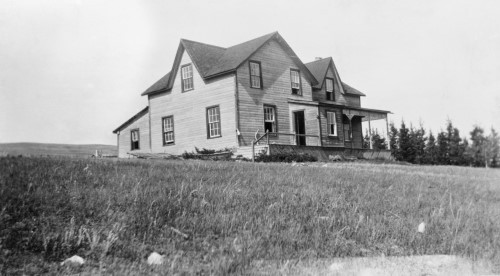
Mr. and Mrs. Frank Reeve, 1938
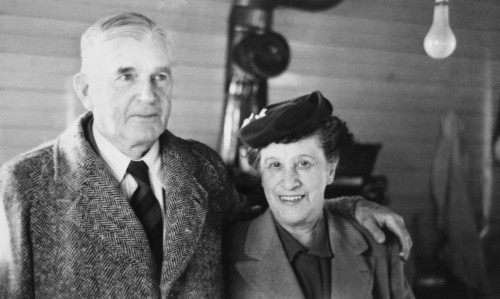
Frank Reeve, 1937
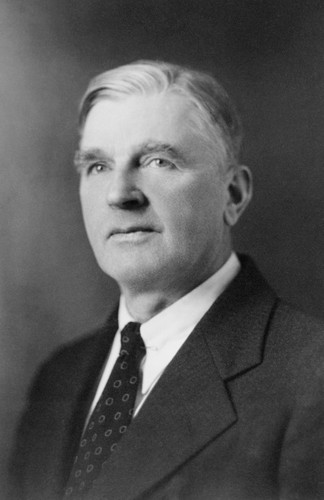
Winnifred Eaton Reeve in California
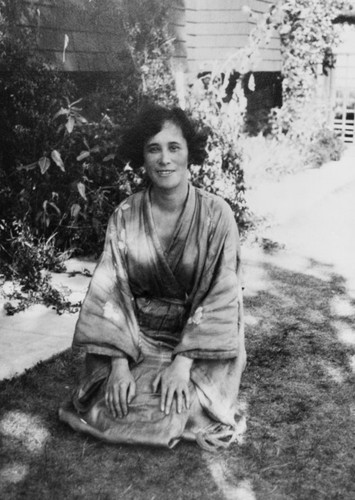
Onoto Watanna (Winnifred Eaton Reeve)
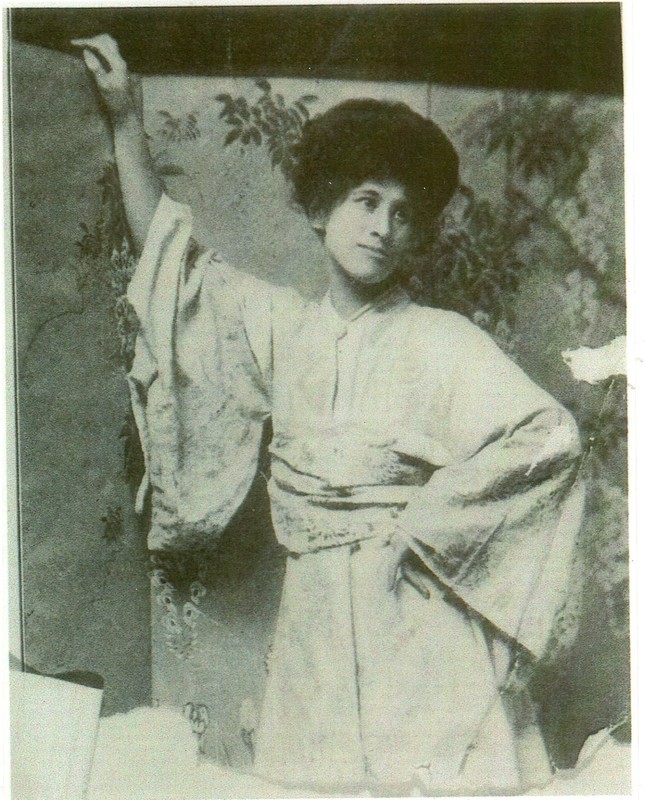
Backstory and Context
Author-Uploaded Audio
00:00 / 00:00
Listen to a narration of this entry's description by Lougheed House National & Provincial Historic Site User.
Text-to-speech Audio
We’re at the Barnhart Apartments on 6 Street and 11th Avenue. Now, in the early 1930s, this was one of Calgary's newest and most luxurious apartment buildings. I've often wandered by the Barnhart Apartments, there's no sign that I can see, but I've often wondered and thought "this is a very pretty building, and it looks historic, and I don't know anything about this place." When I got digging last week, I found some very cool things about the Barnhart Apartments, and of course I found a literary connection.
Inside the Barnhart Apartments, beautiful interior finishings, kitchens with the latest electric and gas fixtures, a vacuum steam-heating system - I do not know what that is, but it sounds like a state-of-the-art thing, was also home to prominent Calgarians, including one of the Lougheeds' sons. It was also home to Mr. and Mrs. Francis Reeve. Now, we talked about Winnifred Reeve's first Calgary chapter when we were at Royal Avenue and 7th Street, and now I'd like to talk about her second Calgary chapter, which begins at the Barnhart Apartments.
To recap: 1924, Winnifred leaves town and her husband, and she heads back to the United States. 1925, Frank is forced to sell their Bowview Ranch near Morley, and he switches lanes. He goes into the brokerage business, which was a pretty good call for Frank Reeve. It put him on a track to becoming one of the richest men in Calgary. Now, this sudden turn of fortune sounds like it comes from a novel, but it's true, and there's more from this story that sounds like it's made up, but it's all true. So, fasten your seatbelts. While Winnifred is living in Hollywood, scratching out a living as a screenwriter, Frank is in Calgary, making a lot of money, and having an affair with the young, pretty, well-connected widow Mrs. Hill. Well, in 1931, Mrs. Hill convinces Frank to file for divorce, and Frank heads off in his car for Reno, Nevada - Divorce City. While he's in Reno, he says "well, I'm going to make one last visit to see Winnifred in Hollywood", and so he drives there and they reconcile. So, August 1931, the Calgary Herald reports:
"Mrs. Francis Reeve, known by her writings as Onoto Watanna, and who has been residing in Hollywood, California, for several years, is a visitor in Calgary."
But Reeve wasn't just visiting; she was here to stay. She was fifty-six years old, and in the middle of massive personal upheaval. The couple moved into the Barnhart Apartments in 1932; they lived here in 1933, maybe a little bit longer, I still have some digging to do in Henderson's Directories. Winnifred Reeve was clearly preoccupied with her personal life, and she had a lot to do to repair her marriage. She was also intent on settling a score with her husband's lover, Mrs. Hill. Part of this she did on the page. She wrote two short stories about her husband's affair and her near divorce from Frank. One was called "Second Honeymoon", which was never published, and the other was called "Because We Were Lonely", which appeared in an American magazine called True Story in April 1933. Now, "Because We Were Lonely" is a curious story because Winnifred decided to write it from the point of view of "the other woman". You're reading the story, it's all about a fictionalized Mrs. Hill and why she set out to hook Frank Reeve, how she fell in love with him, and then how he changed the plan and decided to stay with his wife. It's a very strange story. So I want to just picture Winnifred Reeve here at the Barnhart Apartments - there she is in this beautiful suite, with all of her state-of-the-art kitchen appliances. She was a two-finger-typist, so you can just see her hunched over that Remington typewriter. According to her daughter, she used to wring her hands between scenes and talk to herself as she wrote. You can just see that happening here at the Barnhart Apartments.
The stories she wrote here offered a window into her life of course, but they also give us an insight into Calgary in the late 1920s and early 1930s. Population just shy of 100,000, it was a small provincial city, with as Reeve describes it in one of the stories, "clubs, social cliques, and organizations." Society people played bridge together, they played Mahjong, and of course they talked about each other. In 1920s-30s Calgary as Reeve described it:
"Everyone in the social world knew the affairs of everybody else. And if you departed from convention, you faced social ridicule and ostracization."
This was the city Reeve left in 1924, because she thought it impossible to survive here as a professional writer, and yet here she was in 1931, back in Calgary, for better or worse. She wrote out her revenge in those stories, and she contemplated writing a novel called "Boom City" about a married woman in Calgary who is afraid her husband is seeing his mistress again. You can find the notes for this novel at the University's Special Collections [in] the Winnifred Reeve fonds. The story Winnifred wrote will coil around the fortunes and careers of several well-known people of the city, while all of the oil companies and the seething electrical feverish atmosphere of an oil boom will prevail. So in that unwritten novel, "Boom City", there would be a marriage breakdown, adultery, there would be internal strife among oil men, there would be dishonesty and graft involving the building of the Glenmore Dam in the early 1930s, and the catastrophic collapse of that dam. Now, wouldn't you have liked to have read that novel?
Cite This Entry
Admin, Clio and EB on behalf of Lougheed House National & Provincial Historic Site. "Barnhart Apartments." Clio: Your Guide to History. December 4, 2020. Accessed April 26, 2025. https://theclio.com/tour/1713/8
Sources
.
Glenbow Archives and Special Collections, NA-4320-18
Glenbow Archives and Special Collections, NA-4320-10
Glenbow Archives and Special Collections, NA-4320-30
Glenbow Archives and Special Collections, NA-4320-6
Courtesy of Brian Brennen

